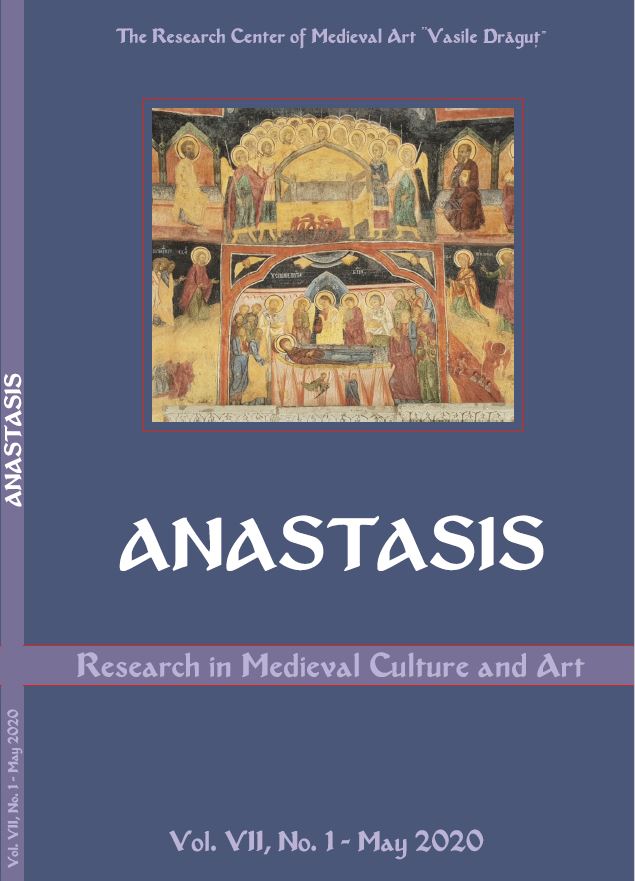Stylistic Study of Gowijeh Qaleh’s Rock-Cut Tomb from Maragheh
Stylistic Study of Gowijeh Qaleh’s Rock-Cut Tomb from Maragheh
Author(s): Saeid Sattarnejad, Samad Parvin, Maryam MastalizadehSubject(s): Archaeology, Visual Arts, History of Art
Published by: Editura ARTES
Keywords: Gowijeh Qaleh; User; Urartu; Rock Tombs;
Summary/Abstract: Rock architecture has a long history in Iran and all over the world, and many climatic, defensive, cultural factors have led to the emergence of architectural examples of this type. The chronology and usage of these works have always been discussed after the discovery of the rock works from Western Iran from the 19th century onwards. On the one hand, it can be said that the creators of these works have left a rather vague footprint of their time, making difficult the possibility of offering accurate and precise chronology and explaining usage for researchers and interested readers. On the other hand, due to the lack of knowledge and awareness of the beliefs of ancient people, some scholars have been mistaken in explaining the use and even the chronology of these works and sometimes, they presented different uses and chronologies for these works. Accordingly, such a mistake was made by a number of researchers in the city of Maragheh while explaining the use of Gowijeh Qaleh’s rock tomb by the use of water storage. For this purpose, this article examined Gowijeh Qaleh’s rock-cut tomb from an analytical perspective. Therefore, this work can be more confidently considered as a part of the first millennium BC, and it is referred to the culture of Urartu.
Journal: Anastasis Research in Medieval Culture and Art
- Issue Year: VII/2020
- Issue No: 1
- Page Range: 113-122
- Page Count: 10
- Language: English

